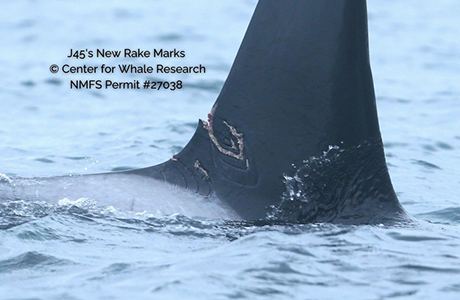By Lin McNulty
Orcas Island Fire and Rescue (OIFR) maintains some dramatic stats, while continuing to experience a consistent growth in requests for service. So far in 2013, there has been a 21 percent (year-to-date) increase in calls, and in 2012, there was an overall increase of 14 percent from 2011. In 33.33 percent of the calls there is also one or more concurrent requests for service, stretching their volunteer skills and person power.
Yet, their response times remain impressive:
- Average overall response time to any event on the island is 8:17
- Average response time from the main fire station (Station 21) is 6:14
- Turnout time (from when the call goes out until the first volunteer arrives at the station and can be enroute to a call) is a mere 1:28
- Average time spent on any one call is an hour and half
In San Juan county, there is an amazing 80 percent Return of Spontaneous Circulation (ROSC) following a witnessed cardiac arrest, a rate which is enviable even for big-city fire departments. And 50.5% of those witnessed cardiac arrest patients in San Juan County leave the hospital with no neurologic deficit.
On Thursday, June 13, OIFR hosted a Town Hall Meeting to discuss, however, a perceived weakness in the system: After-hours medical care.
What happens after the Paramedics and EMTs respond to a call? What is the next step in the treatment plan?
By contract, Dr. Michael Sullivan is the OIFR Medical Program Director. He is personally on call 24/7 to consult with on-scene responders—even taking calls while on his honeymoon. While Paramedics make decisions at the scene of a medical emergency based on strict “standing orders,” dictated by Dr. Sullivan, that is often only the first step in treatment.
We are all aware of the options available: off-island transport via MedFlight, private vehicle and ferry, or by emergency boat provided by the Sheriff’s Office, Coast Guard, Navy, or other governmental agency. There is also the possibility of transport to the office of a local primary care physician. And, everyone’s favorite, treatment and release to stay at home.
The weak spot in the system is patient medical information. Is this an ongoing medical condition, or something new? The more information available to first responders about a patient’s medical history, the better the treatment plan. HIPAA Regulations do not allow sharing of this information, even between emergency agencies.
If you have an after-hours emergency, and your Primary Care Physician is on call, your records will be available. If you see a doctor other than your regular physician, your medical history will not be available. And, obviously, if you are a visitor on the island, your records are nowhere on Orcas. If you have previously been seen and/or treated by OIFR, there will be a record online of that incident only, and if you have a computer in your home, the on-scene Paramedic can readily access that information. If not, the information will not be available until the Paramedic returns to the station. That record, however, will be only for that specific incident and will not include full medical history.
An obvious remedy would be digitized records that are available system-wide (to include county-wide, state-wide, or country-wide), or at least a readable card maintained by a potential patient. Cost of such a system is, to say the least, prohibitive.
Dr. Sullivan recently recommended a program that he initiated in Whatcom County, where the fire department initiates special help for Seniors and others who are in need. Orcas Cares was then conceived through the synergy of Dr. Sullivan, OIFR, Lahari, and Marla Johns at The Senior Center, and has grown to include the Orcas Medical Foundation, Hearts and Hands, and the Lions Club.
The program endeavors to provide programs to help Seniors prevent falls and other injuries, and to empower individuals to have more control over their health-care decisions. Orcas Cares is currently providing packets to be completed by the potential patient and his/her Primary Care Physician. This packet will then be attached to the refrigerator and immediately available to any responding medical personnel during an emergency. More information is available HERE, with the next meeting on Thursday, June 27 from 9 a.m.—2 p.m., at the Senior Center.
A number of folks in attendance voiced the opinion that the limitations in medical care are part of the cost of living here, that it’s a given we don’t have big-city facilities; we are islanders, after all, and should be prepared to take personal responsibility for our health, they acknowledged. The personal EMS packet is a giant step in that direction.
**If you are reading theOrcasonian for free, thank your fellow islanders. If you would like to support theOrcasonian CLICK HERE to set your modestly-priced, voluntary subscription. Otherwise, no worries; we’re happy to share with you.**








Can Dr. Sullivan or EMT’s access Peace Health, Bellingham patient histories?